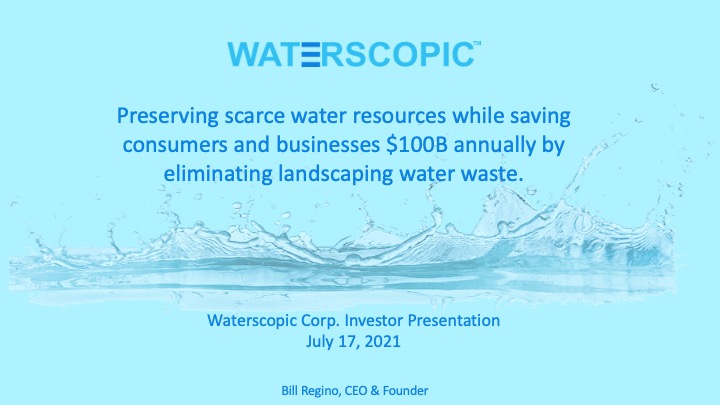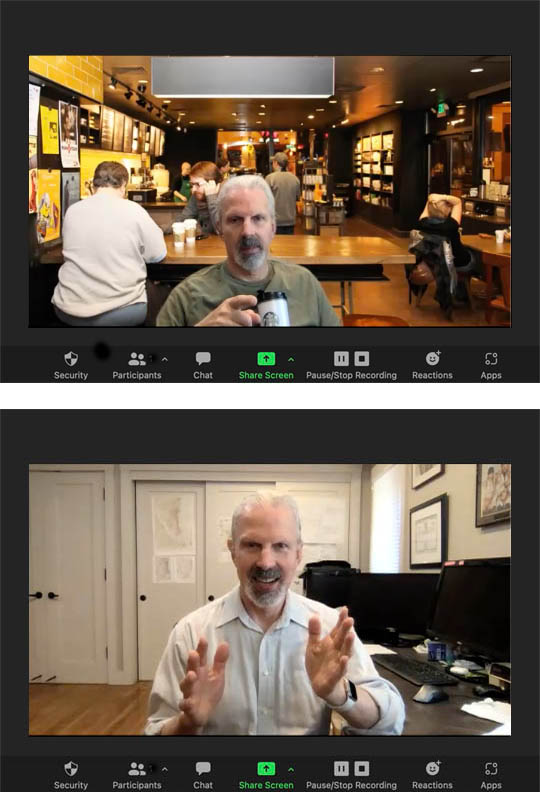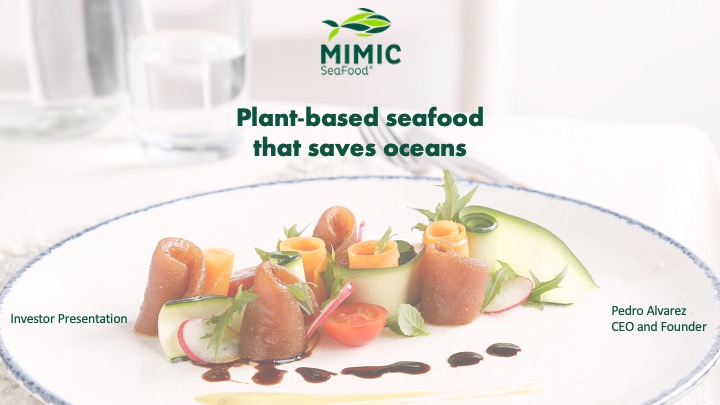I recently was discussing effective fundraising presentations with the leader of a large and successful angel investing network. He said that he can tell in the first 20 seconds if a presentation is likely to attract investor interest.
Obviously, in twenty seconds he can’t possibly understand the business case, the size of the opportunity, the advantages of the product, the competitive situation, or really anything about the business at all except the company’s stated reason for existence. So how can he make such a bold assessment so quickly?
The answer is fourfold – the first slide, the presenter’s appearance, the power and clarity of the company’s reason for existence, and most importantly how the presenter handles those first 20 seconds.
The First Slide
This is the least significant of the four, but still important. This slide should be attractive and professional. If it looks amateurish, or like it was created on a 1990s personal computer, the speaker is already in a deep hole. This slide should have the company name and logo and the name of the speaker. If possible, it should also have a concise sentence stating the company’s reason for existence (RFE). Anything else is optional.

The Presenter’s Appearance and Body Language
Should appearance matter? That’s an irrelevant question, because the reality is that appearances do matter. There is no one answer for how the speaker should dress, his or her posture, personal grooming, or, if virtual, the setting behind the speaker. But dressing neatly, being reasonably well-groomed, having good posture, and if virtual being in an environment suitable for the situation and respectful to the audience (such as not being in a loud coffee shop) will make a difference.

The Company’s Reason For Existence
This is related to, but not the same as the Elevator Pitch, the one-minute version of your entire presentation. If you can summarize your business case in a minute, then having 10 minutes is a luxury!
The reason for existence is less than a minute. It doesn’t have to be a complete read on the business. It should summarize what the company is attempting to accomplish for its customers and/or for society. It may or not include how the company may do this.
A great RFE puts a picture in the audience/reader’s head. It may not be enough for a complete picture but it should be a picture that is intriguing and leaves the person wanting to find out more.
For instance, the sample RFE above starts with a societal aspiration – the company will conserve earth’s scarce water resources. Then it shows a massive market of $100B and identifies the target customers of consumers and businesses. So far, the audience knows only that lots of water will be saved and lots of money will be saved by customers, two major benefits. The audience feels the societal benefits and senses the business opportunity.
The last portion mentions, in general, the cause of the stated benefits – the elimination of wasted landscaping water.
There is no mention of how the company does this. Is it a radical new technology, crowd-sourced oversight, chemicals? That doesn’t matter yet, what matters is if the audience is intrigued enough by the RFE to want to find out the how and understand the business.

Here’s another example from Mimic Seafoods. Again notice how clean and uncluttered it looks. The first part of the RFE sums up what the company produces – “plant-based seafood.” The second part states the societal benefit – “that saves oceans.” In just those few words the audience has a clear introductory picture, and a tantalizing reason to find out more. And it also helps that the name – Mimic – describes in one word what the company’s products do.
A great RFE is neither a mission statement nor a vision statement, though of course there is overlap. An RFE summarizes the business at the highest level and entices the audience.
Have you seen the one sentence summaries of television shows or movies? Here is the one for Breaking Bad: “A high school chemistry teacher diagnosed with inoperable lung cancer turns to manufacturing and selling methamphetamine in order to secure his family’s future.” That’s the equivalent of an RFE – it captures the essence of the show and plants an enticing image of how the show may unfold.
There’s no perfect recipe for a great RFE, but in general it should:
- be short and concise, no more than three sentences and preferably less.
- convey why the company exists, not necessarily why or how it will succeed.
- convey the benefit of the company to society or to its customers.
- optionally, space permitting, convey how or why the company will succeed or the advantages the company has (“$100B untapped market. . .,” “breakthrough discovery. . .,” etc.)
How the Presenter Handles the First 20 Seconds
A well-constructed first slide, a professional and respectful appearance, and a great RFE are all important, but the most important thing is how the speaker handles the critical first impression.
The first thing the audience will notice is the speaker’s mechanics. If the speaker’s volume is too low or he or she mumbles or uses too many “ums,” many if not all of the audience will tune right out.
Other mechanical items include the pace of speech (rarely does a speaker talk too slowly, but very often the speaker is rushing to fit it all and speaks too fast), and of course the change in pitch – the dreaded monotone.
If the presentation is in-person, the speaker’s body language and movement is important. A person has to be themself and not try to be something else, but a speaker who is enthusiastic, engaging, makes eye contact, and can “read the room” has a much better chance to persuade than a speaker without those attributes.
What else can happen in 20 seconds? A lot, actually. The audience will know in 20 seconds – “am I going to be entertained?,” “is this presentation likely to be interesting?,” “is this speaker credible?”,” and “can I drift off, or is it worth my full attention?”
I don’t have a set answer to what you need to do to have those questions answered in your favor. Everyone is different, and there are many approaches that work. Some things you might consider include:
- start with a relevant (but short) story, one that relates in some way to the presentation you are about to give. Reel the audience in right away with a human connection.
- start with a question that forces the audience to think for a moment – thinking takes full attention.
- start with something relevant but unexpected, like “I have a confession to make. When I first heard about the company I now lead I hated the concept.”
I have written another post on the importance of enthusiasm and/or credibility here. In a nutshell, show enthusiasm if that fits your personality, but don’t force it. And show your credibility, which encompasses what you say, how you say it, and, later in the presentation, how you handle questions.
The first 20 seconds can’t guarantee your success, but they can help set the tone for a very successful presentation. Spend the time to make those seconds work for you.



0 Comments